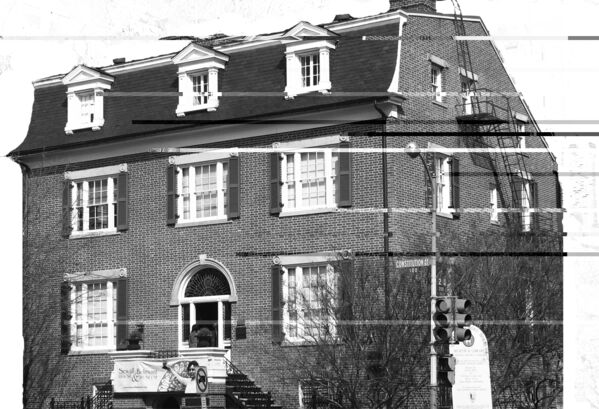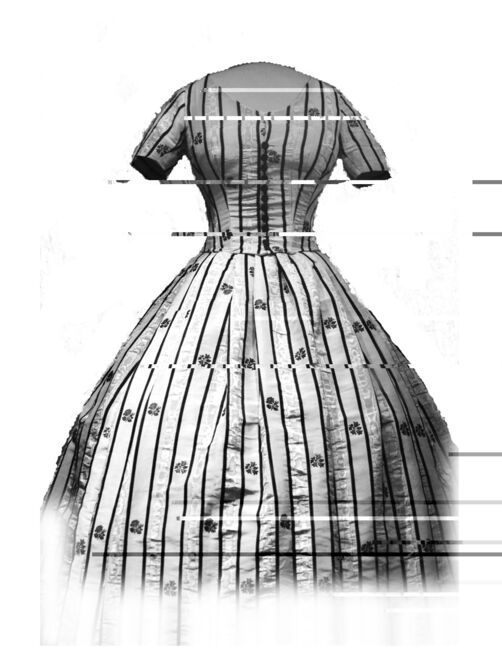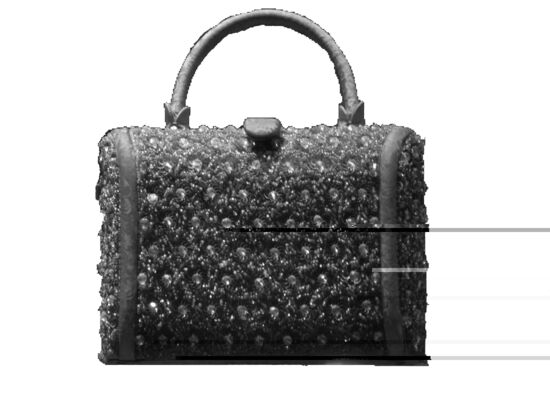Chips Trips: Women's History Month
National Museum of Women in the Arts
A haven not only for women of the past but also of the present, the National Museum of Women in the Arts (NMWA) offers a venue exclusively for women's art. Until the last century, women artists had trouble finding success. Often, like writers, they had to work under an assumed name to gain any respect. NMWA proudly displays these artists from the 16th century to today.
The building that houses these paintings and sculptures is a piece of art itself. The mezzanine is an expansive space with marble floors and a ceiling covered in white, gold and coral paneling, in a style comparable to the rooms of Versailles. Lining this area are mostly Italian paintings done by women in the 16th and 17th century. But these are only a glimpse of the art to come.The third floor houses temporary exhibits, currently highlighting Turkish women artists. The exhibit, called "A Dream…But Not Yours," displays the prowess of 11 modern female artists. One of the striking paintings is a bike outlined by dark winter trees, but through a nearby door is the exhibit's most unexpected piece; a video by Inci Eviner based off a German painting from the 1800s. The video runs in a three-minute loop and is an eerie scene of women in bland dresses repeating movements along balconies of industrial-looking apartments. Some women move like animals, others pound their heads and a group of girls sit in a circle stabbing the air in the middle.
The fourth floor has the permanent collection and, while small compared to the National Gallery of Art, it is no less impressive. Art ranges from Renaissance-style portraits, to the Victorian era, to scenes of motherhood and domestic tasks. There are also sculptures and modern paintings. Quotes accompany many of the pieces of art and one embodies the opinion the museum is trying to disprove. Hans Hofman said of the work by his student Lee Krasner, "this is so good, you would not know it was painted by a woman."
The National Museum of Women in the Arts is located at 1250 New York Ave., Washington D.C., near Metro Center. It is open Monday through Saturday from 10 a.m. to 5 p.m. and Sunday from 12 p.m. to 5 p.m. Admission is free for students under 18.
Sewall-Belmont House
Three blocks from Union Station, the Sewall-Belmont House is a relic of the movement for women's equality. As the historic headquarters of the National Women's Party (NWP), the Sewall-Belmont housed years of work for suffrage and human rights. "Suffrage" might elicit an image of singing women in bustles marching with signs like the mother in "Mary Poppins," but this whimsical image of our foremothers is not entirely deserved. Evident from the precise record-keeping and visible risks these women took, polite marches in chiffon dresses were not the pinnacle of the suffrage movement. While suffrage protests were peaceful on the women's side, police often participated in the harassing from the crowd. "Extreme" women's issue actions are reserved in our minds to the protests of the '60s. We overlook the prisons, discrimination and force feeding women fighting for rights in the early 1900s endured. Women in the NWP invented picketing outside the White House, went to jail and carefully tracked the progress of their mission for equality throughout the country. The old walls of the Sewall-Belmont still resonate with the passion of these women of the past.
Besides the valuable knowledge on display, the architectural aspects of the house are reason enough to visit. Built in the early 1800s, the house is an exquisite building with creaking floors, high ceilings, stained glass and a Cinderella-esque staircase. Unlike many historical house museums, it's not set up to be pretty. Rather it exists as a replica of the office as it was at the height of the NWP's action there.The front hall is lined with busts of famous first-wave feminists, including Elizabeth Cady Stanton, Susan B. Anthony and Lucretia Mott. Upstairs, pictures of women picketing, original posters torn out of the protestors' hands and valentines written to various congressmen line the walls. One reads: "Cary, Cary, quite contrary, how does your voting go? With pork barrel bills and other ills, and your suffrage vote so slow."
The Sewall-Belmont House and Museum is on the corner of Second St. and Constitution Ave. near Union Station in Washington, D.C. It is open Wednesday through Sunday from 12 p.m. to 4 p.m.
First Ladies at the Smithsonian
Women in history are not always as radical as the suffragettes and have sometimes had to leave their mark from their husband's side. The Smithsonian's National Museum of American History houses a permanent exhibit of the dresses of our nation's first ladies. Historically, women and fashion have run close together and this exhibit highlights the wardrobes of some very public women.
Most of the dresses in the collection are inaugural gowns, but not all. Some are simply the everyday clothes these women wore while attending campaigns, speaking to soldiers or using their influence to effect change in politics. Currently on display is Martha Washington's colonial-style silk taffeta dress, Helen Taft's Edwardian empire-waisted chiffon gown with rhinestones and embroidery, Grace Coolidge's gold and black flapper dress and fashion icon Jackie Kennedy's own one-shoulder white form fitted dress. The most striking dress is not one of the many with impressive tucks, darts, and fringe, but Mary Lincoln's vertically-striped black and white day dress. At first glance this gown is not especially unique, but then you notice the waist, which looks like it's a maximum of 17 inches. Besides showcasing what they wore, the exhibit displays a timeline of first ladies and highlights some for their impact on America. Martha Washington worked to help veterans of the Revolutionary War. Ellen Wilson pushed her husband to eliminate city slums. Eleanor Roosevelt even tried to have a job in the government, and though she was denied she still forwarded New Deal social policies. It was common, according to the timeline, for Mrs. Roosevelt to recieve personal letters from individuals during the depression. She even answered many of them. Impressive for both their skills and their fashion, the shadows of the first ladies are worth a visit.The Museum of American History is at 14th St. and Constitution Ave. in Washington, D.C., It is open Monday through Friday from 10 a.m. to 5:30 p.m.
Tags: print
Samantha Lint. Samantha Lint is a managing entertainment editor and member of design team. More »
Comments
No comments.
Please ensure that all comments are mature and responsible; they will go through moderation.




